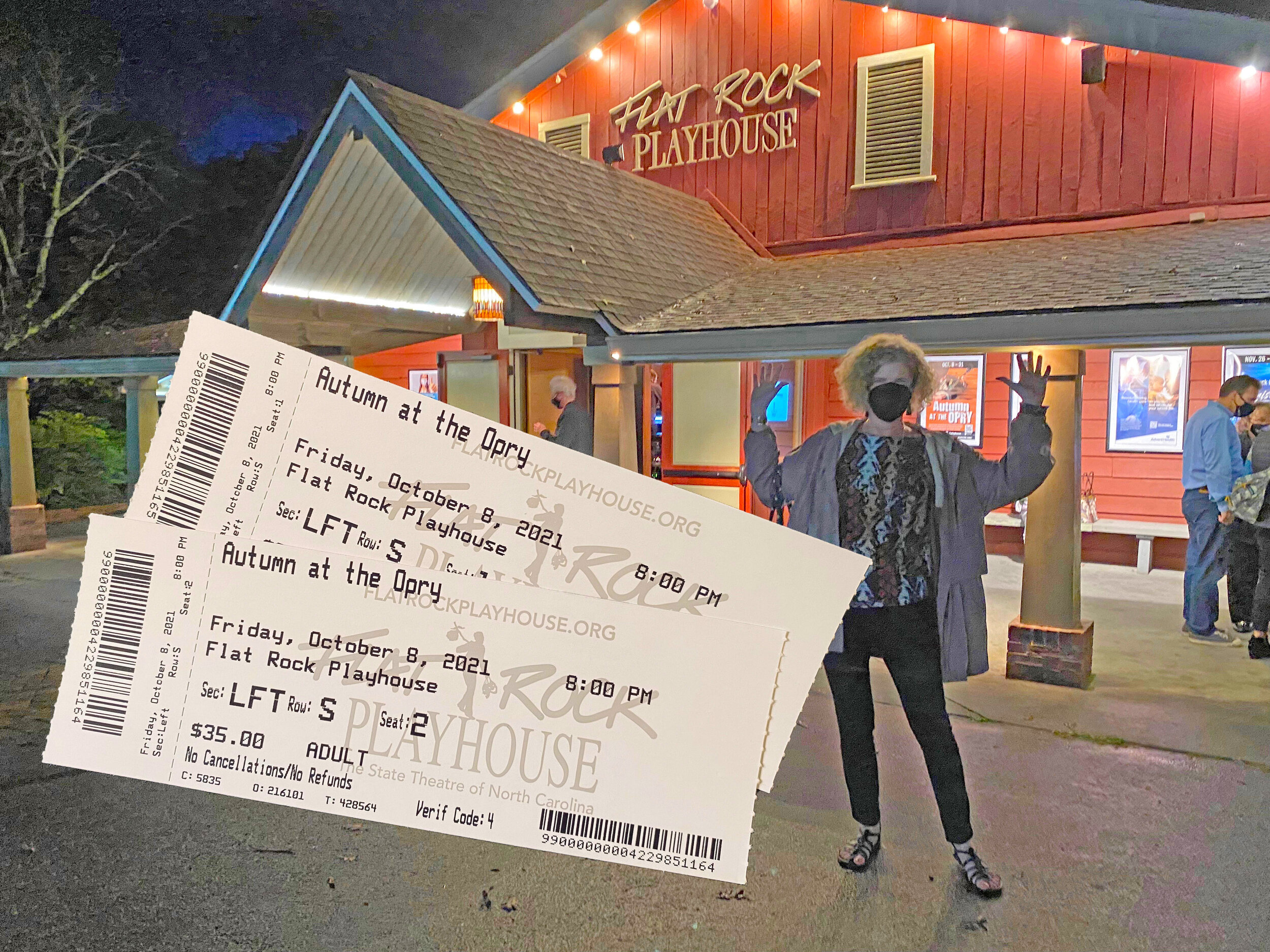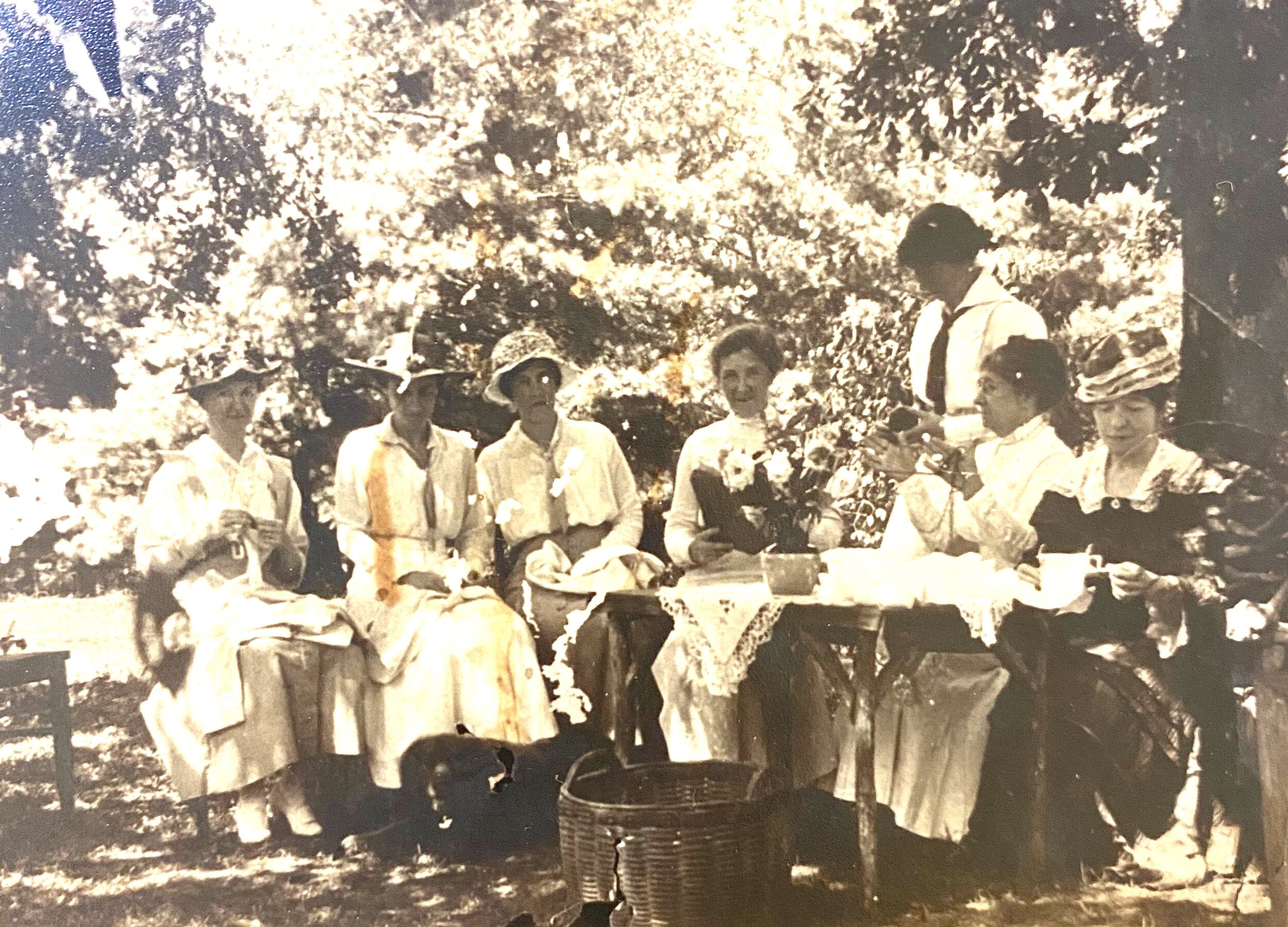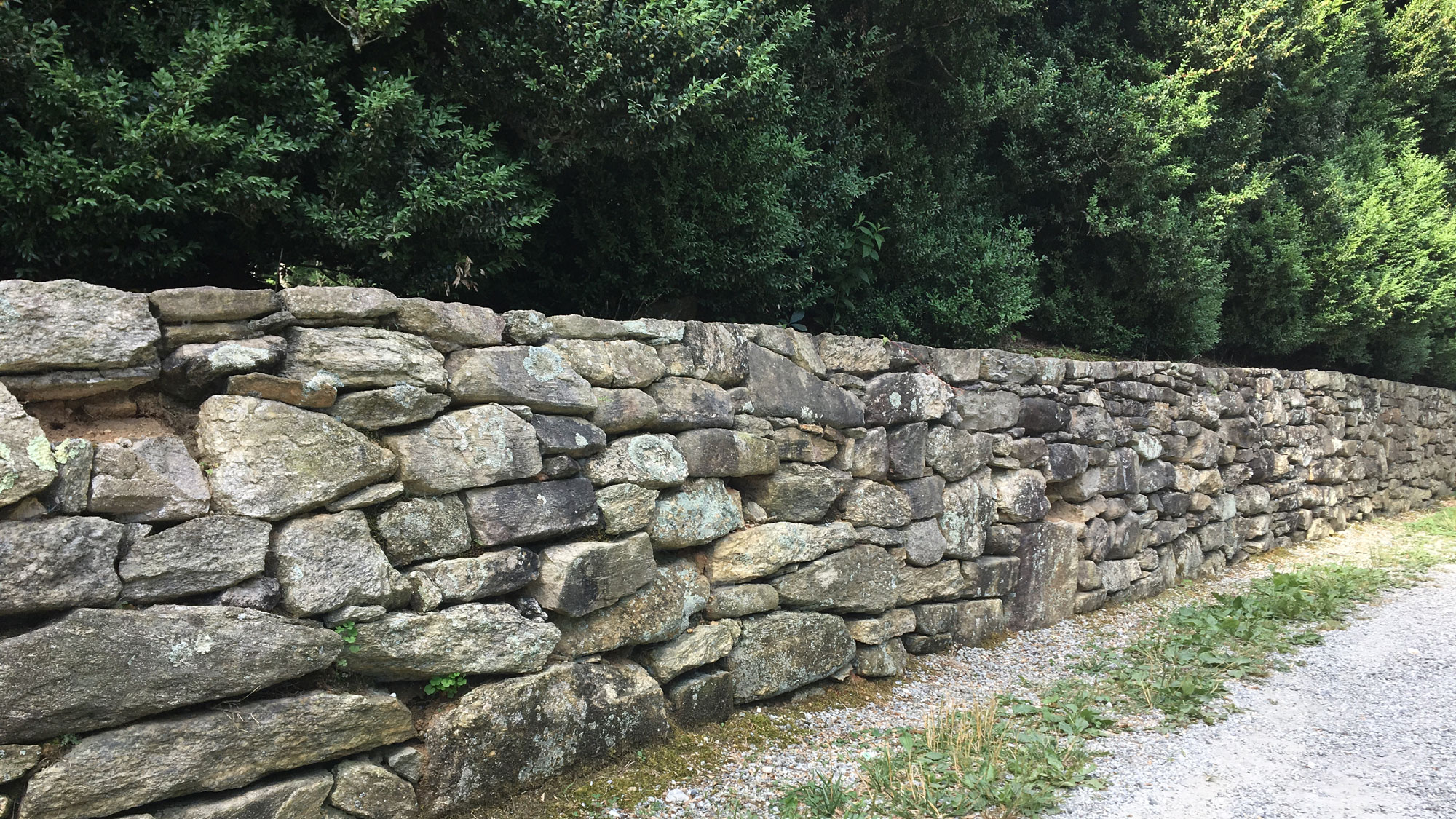The History of Farmer Hotel
/Built in the mid-19th century, Farmer Hotel was the first summer hotel intended primarily for the accommodation of tourists and vacationists in Henderson County. Through its long and fascinating history, the hotel has served as North Carolina's longest operating inn for 170 years.
Those of us who live in Flat Rock drive past the property on Greenville Highway frequently ... but few of us know its full history. Author, Missy Schneck, tells that story here.























